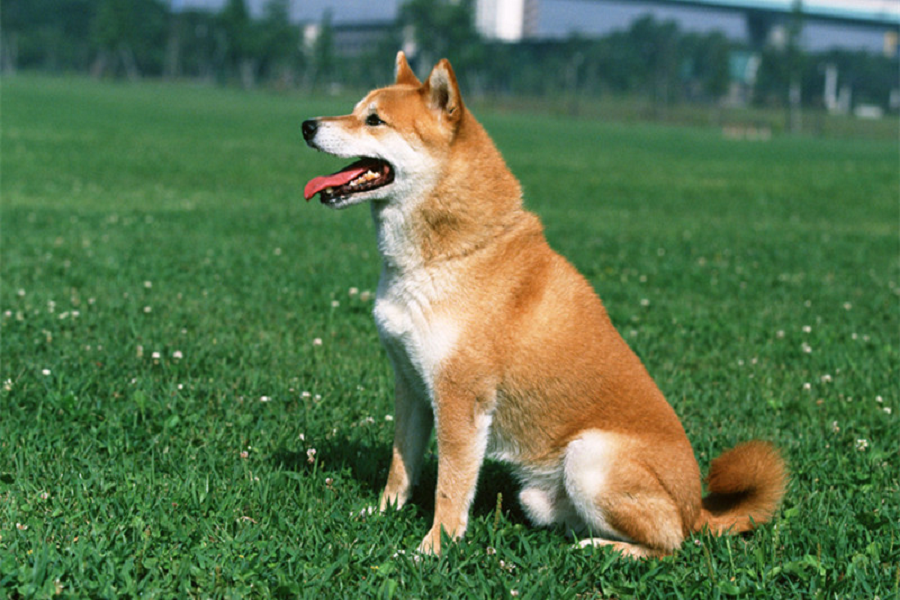Beautiful Bonefish: Also known as asian arowana, Golden Arowana. An ancient primitive freshwater fish. Native to rivers and lakes in Malaysia, Sumatra, Indonesia and other places.
Adult fish are 50-65 cm long, up to 102 cm long, and can live for decades. It has a ferocious temperament and mainly hunts live fish and shrimp, aquatic insects, frogs, etc. Adult fish hold the eggs in their mouths until they hatch juveniles, so they have the common name of “Dragon Spit Pearl”. Since the middle of the 20th century, it has been developed as an ornamental fish. It has attracted attention for its shimmering metallic luster like armor-like scales, bright light colors (gold, red, etc.) and majestic demeanor. It has become one of the most valuable ornamental fishes, including golden dragon, red dragon, and blue dragon. Endangered due to over-exploitation of resources, it is listed in Appendix I of the Washington Convention (CITES) protection list.
new fish into the tank
When a new fish is just bought, the air pump in the tank must run for at least 24 hours to completely eradicate the chlorine in the water. If you have been using a biofilter then it is best to allow the water to reach a pH of 6-7 and a water temperature of 25 degrees Celsius. Add a small amount of table salt (approximately 1 or 2 teaspoons per 5 gallons or 20 liters of water) to the fish tank to reduce the risk of fungal attack and to keep the fish healthy and increase its appetite. If possible, it is best to fetch water from the original tank of the new fish and return it to your own fish tank (if the water in the original tank is no problem), it is best to have taken back 1/3 of the water, so as to facilitate the new fish’s adverse effects on environmental mutation reaction. It is recommended that arowana be raised from a young age.
daily management
Change the water at least 20%-30% every week, and the ammonia content should not exceed 0.1 parts per million (mg/l). Do not make sudden changes in temperature and pH, such as sudden changes will lead to the sudden death of arowana. Test for pH and other toxic substances every week in case of mishaps. Be careful when changing the water to avoid frightening the arowana. And when raising arowana, you must avoid completely changing to new water, otherwise it will cause damage to the fish. If you see the fins and scales of the dragon fish fall off, it is caused by changing the water too much. You can stop changing the water and they will recover naturally; but the amount of water changing should not be too small, too little will make the fins opaque and the eyeballs Severe turbidity will cause the cheek cover to flip.
timely feeding
When the dragon fish is eating too hard, it will hit a certain angle in the tank and cause injury. It is best to feed in the middle of the fish tank when feeding. Arowana is a meat-type animal, and most of the recipes for arowana are frogs, loach, cricket, goldfish, grasshopper, shrimp and so on. There is a problem of adding color in feeding, such as red dragon, feeding red arrow or shrimp will play a certain role in the color enhancement of red dragon, because red arrow and shrimp contain red pigment.
Juveniles under 12 cm have just started to eat raw bait. At this time, you can feed the white mealworms and shrimps that have just shelled (be sure to remove the head and tail, it is best to peel them into shrimp balls and feed them to prevent the hard shell from hurting their stomachs) ), blood worms and other more palatable bait. Eat smaller meals more times a day and feed it four times a day.
The crayfish about 15 cm can be fed with normal mealworms and small shrimps (the shrimps are best to remove the shrimp sword), or they can be fed with small fish of 1.5 cm. At this time, the dragon fish grew rapidly and had an amazing appetite. The number of feedings and the amount of feeding can be appropriately increased.
Arowanas over 20 cm can be fed with larger fish, shrimp, loach, meat pieces and other bait. You can also feed live baits such as various insects. These are the favorite foods of arowana, but be careful not to contaminate these baits.

























